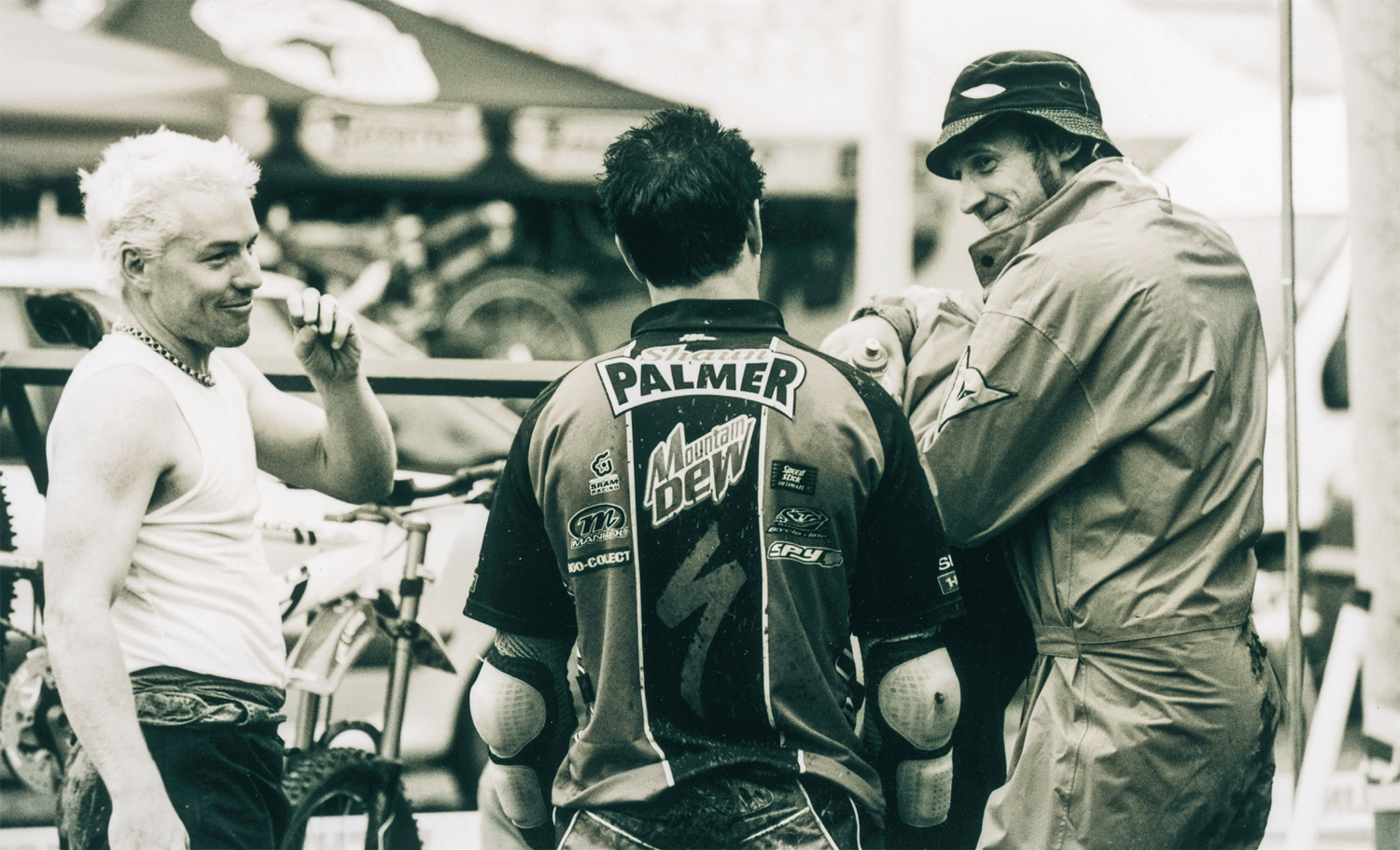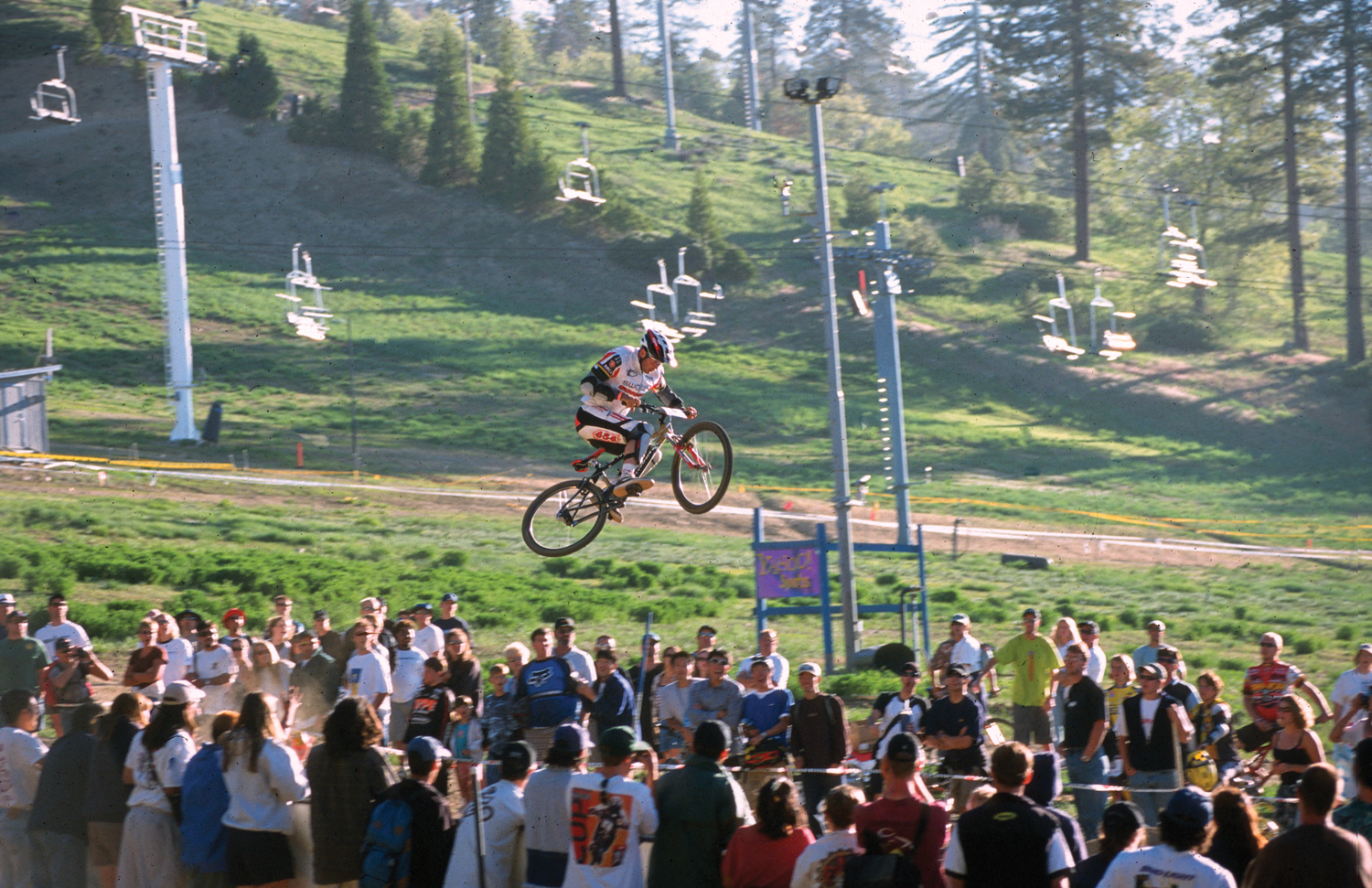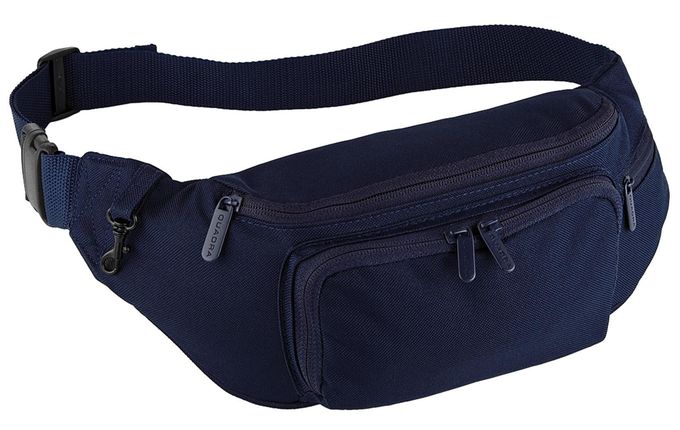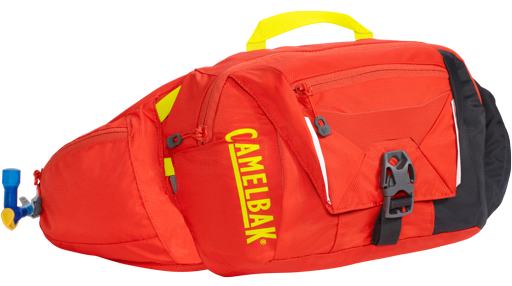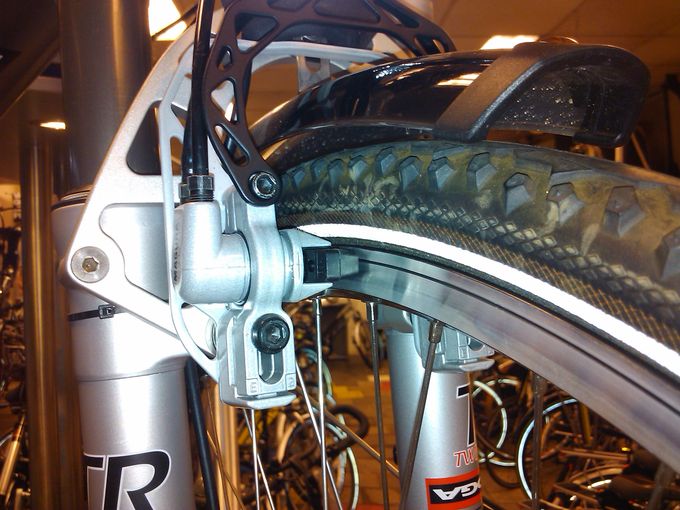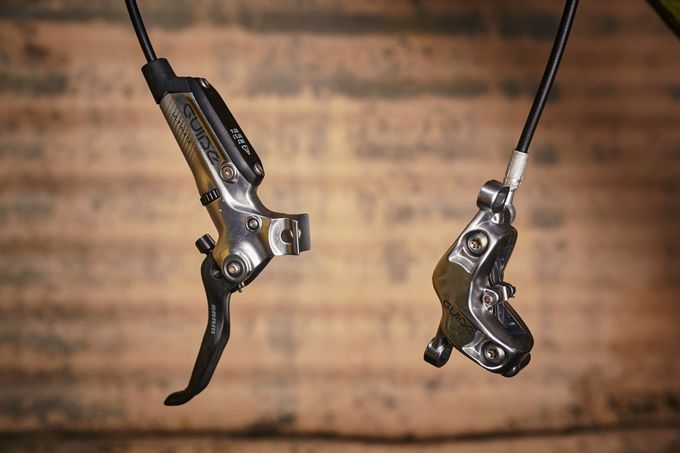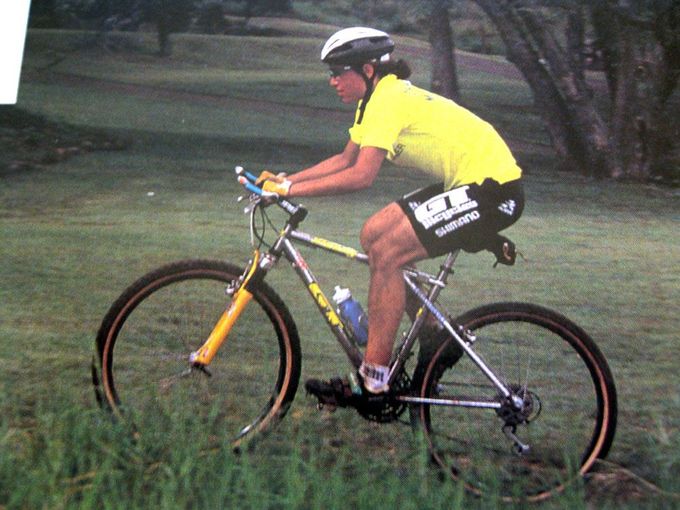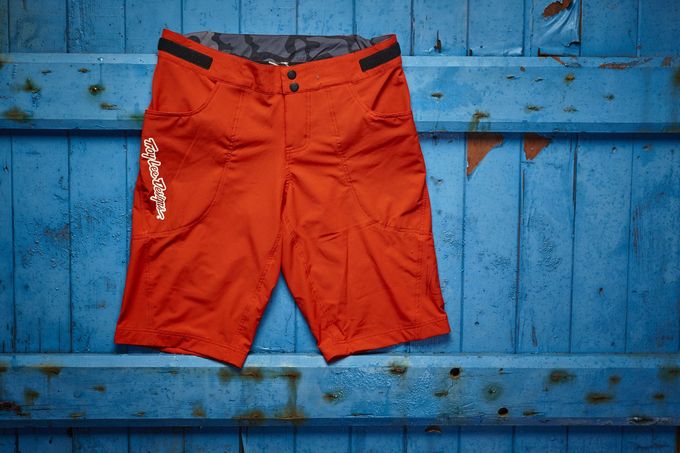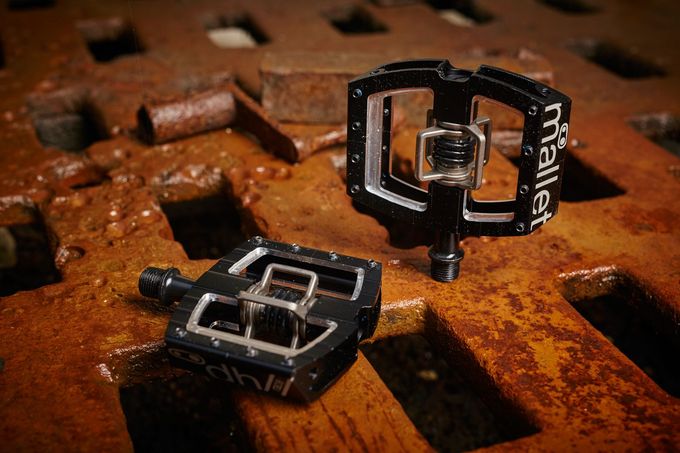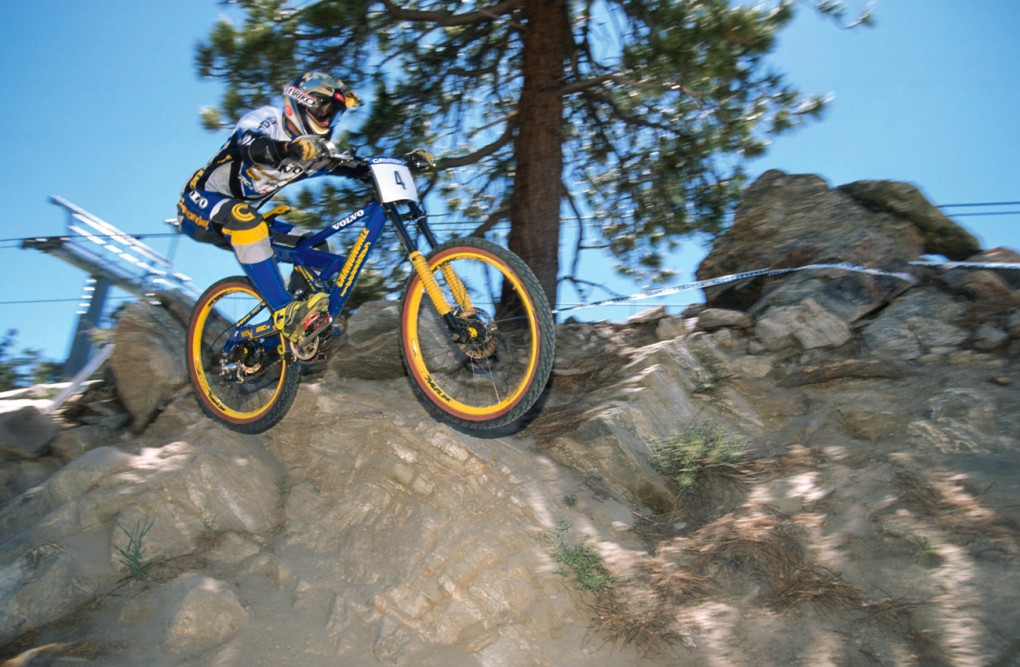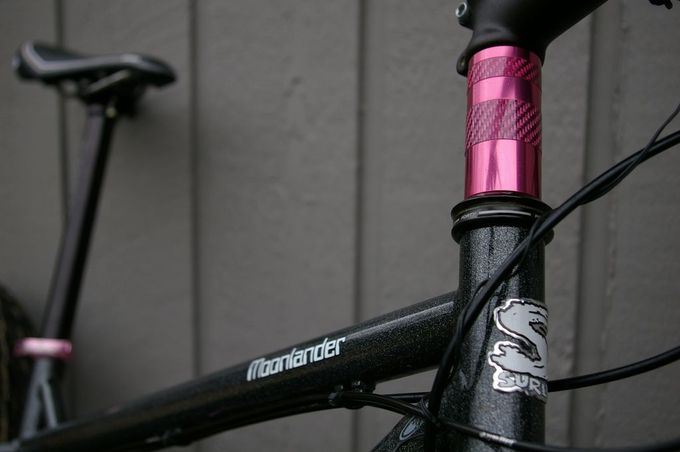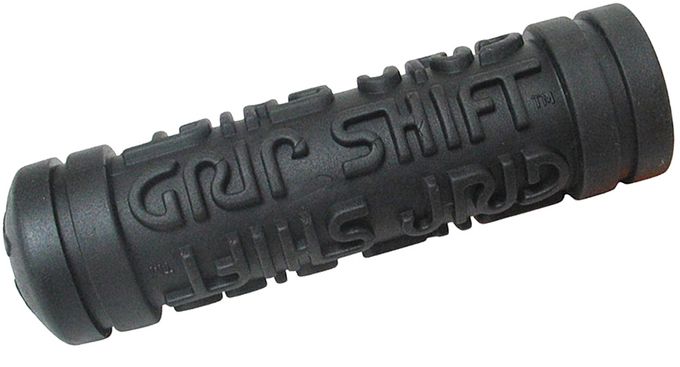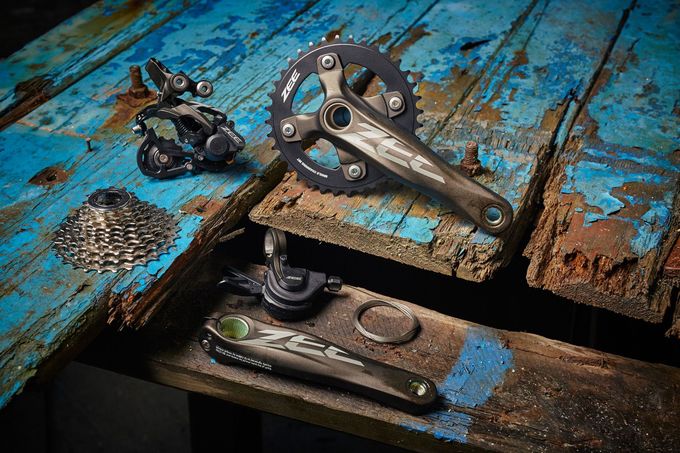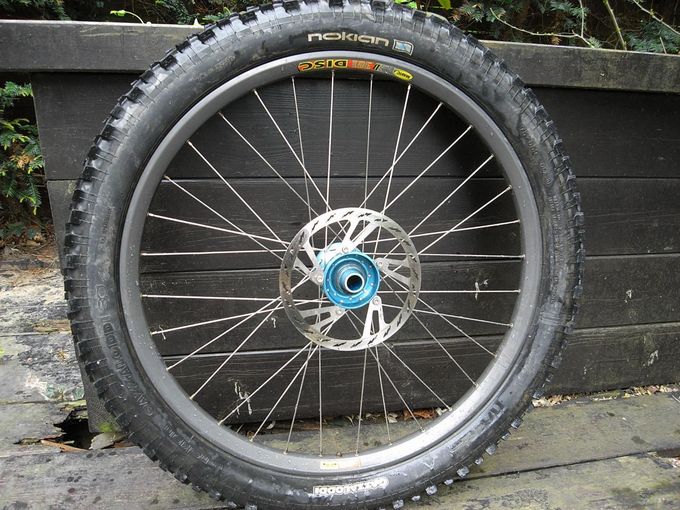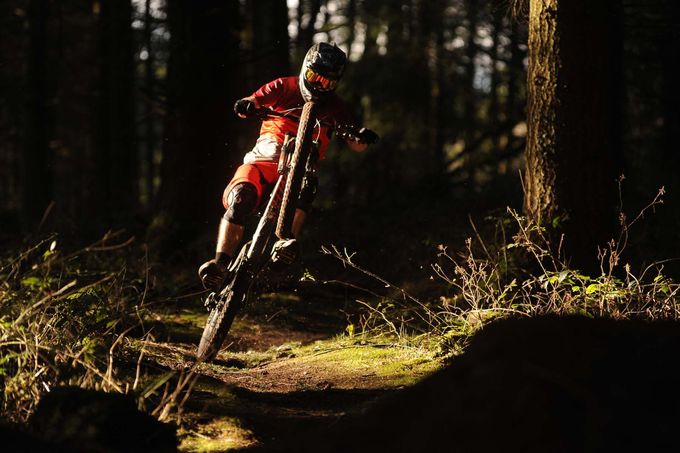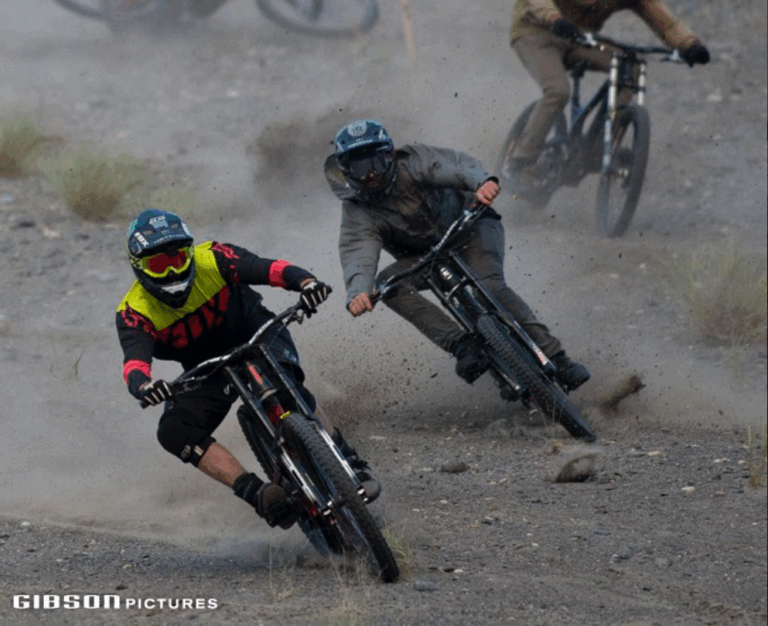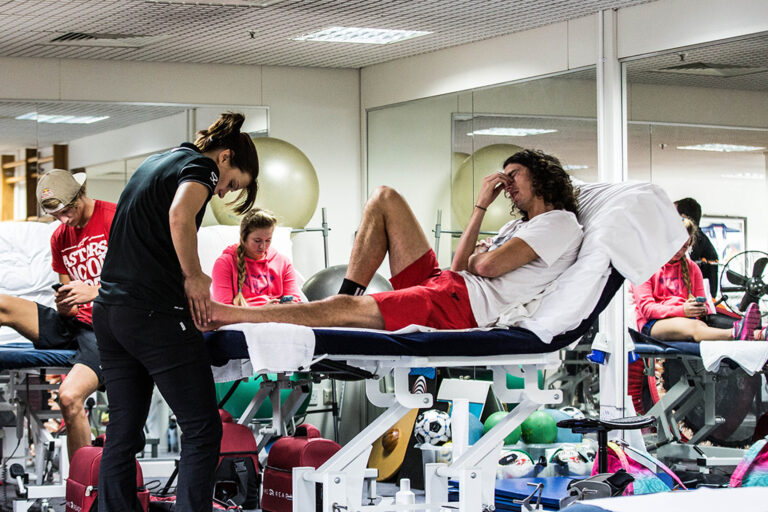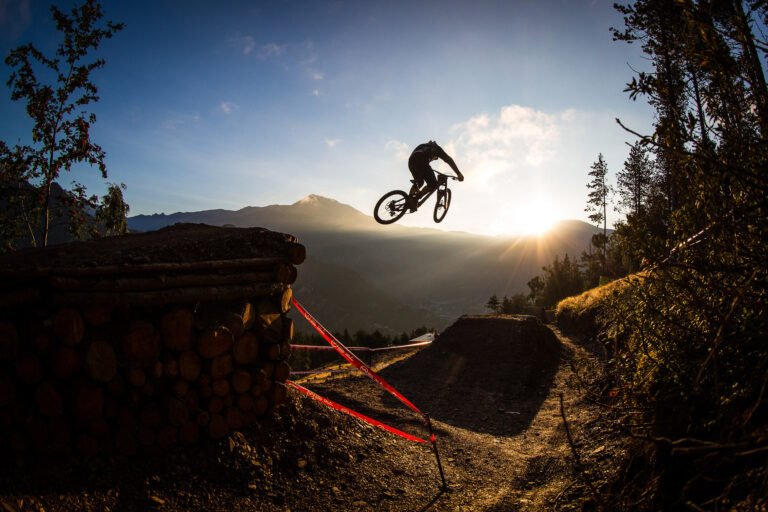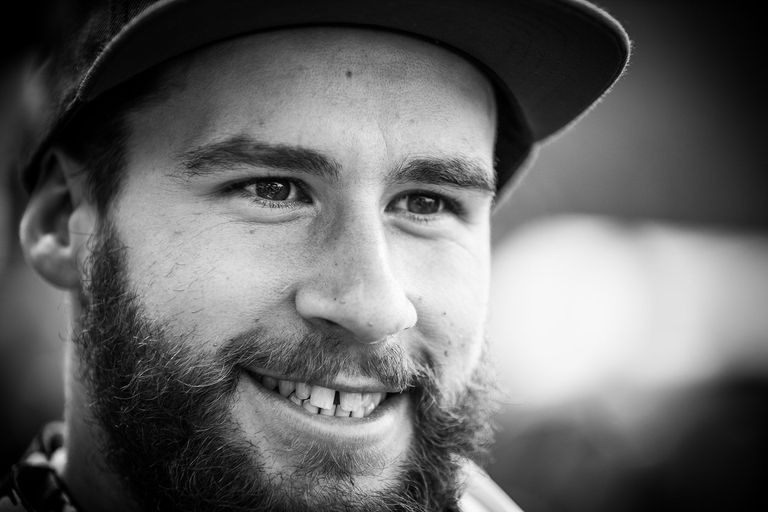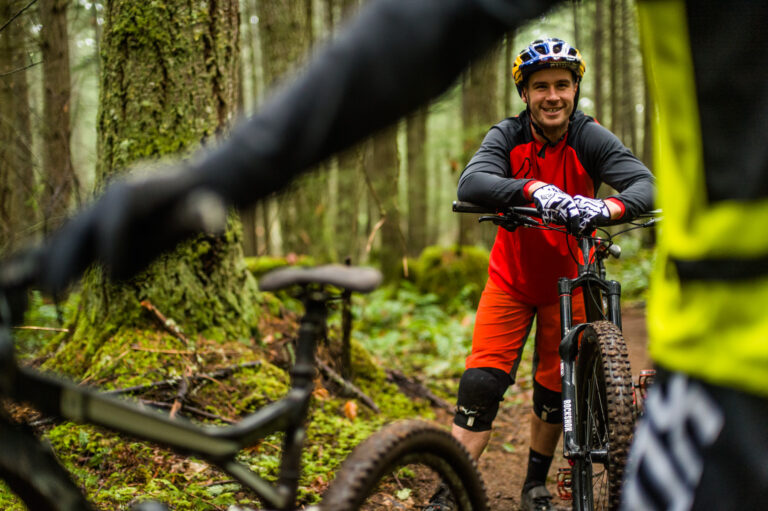1990 marked a significant point in mountain biking. The first ever mountain bike World Championships heralded the point a hobby became a proper, recognised sport and it spurred on a revolution.
The 90s’ Golden Era laid the blueprint for the sport we all enjoy now – from early experiments with suspension and disc brakes through to films like Sprung and New World Disorder that defined the way ride.
So, what did the 90s mountain biker look like? Here’s our starter kit to get you up to speed on the basics.
Peakless helmets
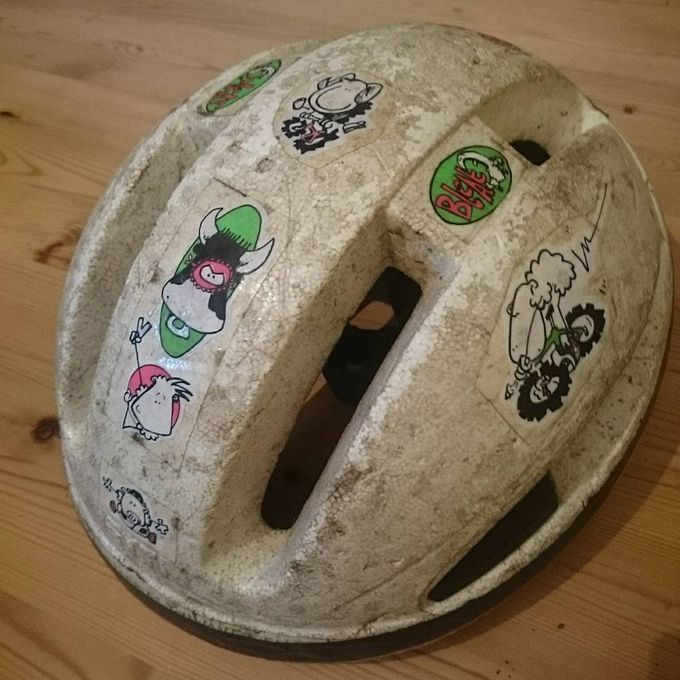
Before the days of MIPS, removable chin bars and rear head coverage, mountain bikers really relied on whatever helmet they could get their hands on. Most of the time this would be a road bike helmet missing the distinguishing peak.
Now it may be easy to laugh at a mountain biker for wearing a helmet that makes them look like your uncle doddering down a canal path but considering half of the riders of the day didn’t bother with them at all, it’s definitely not a bad thing.
What we’re riding now:
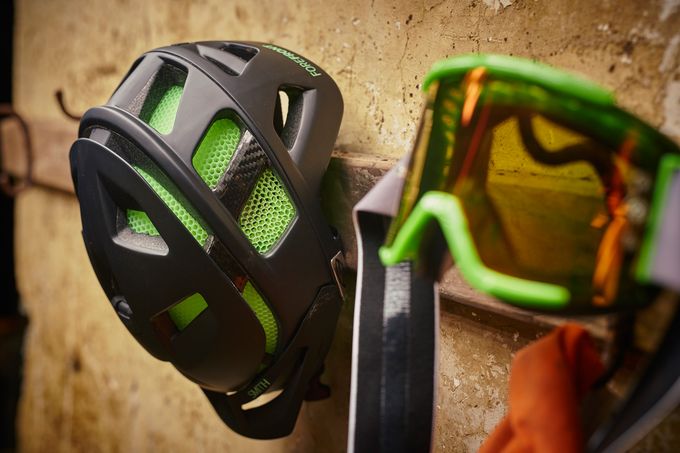
Smith Forefront – As first attempts go, the Smith Forefront is pretty good going. Smith has a long history in snowboarding and its premiere mountain bike helmet is light, protective, has an adjustable visor and great goggle integration.
A URT frame
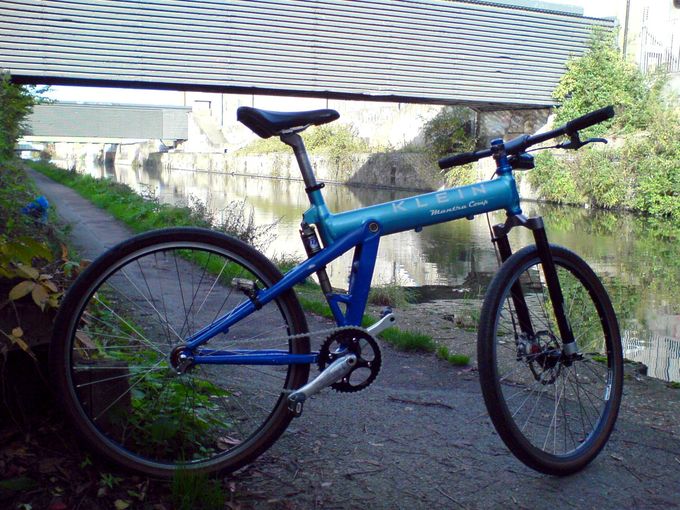
One of the biggest criticisms of the introduction of rear suspension was that it made bikes sloppy when they were pedalled. To combat this the industry introduced Unified Rear Triangle (URT) frames that saw the bottom bracket moved on to the swingarm.
This meant the suspension was only active when you were sat down, leading to riders descending on what was essentially a rigid frame – even at World Cup downhill level. Not great.
What we’re riding now:
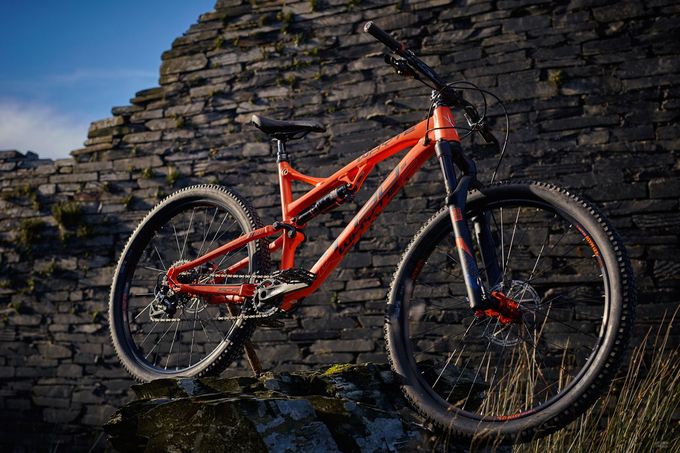
Whyte T-130S – Quicker than a startled cat and able to clean any climb, the Whyte T-130S brings unrivalled performance at its price.

